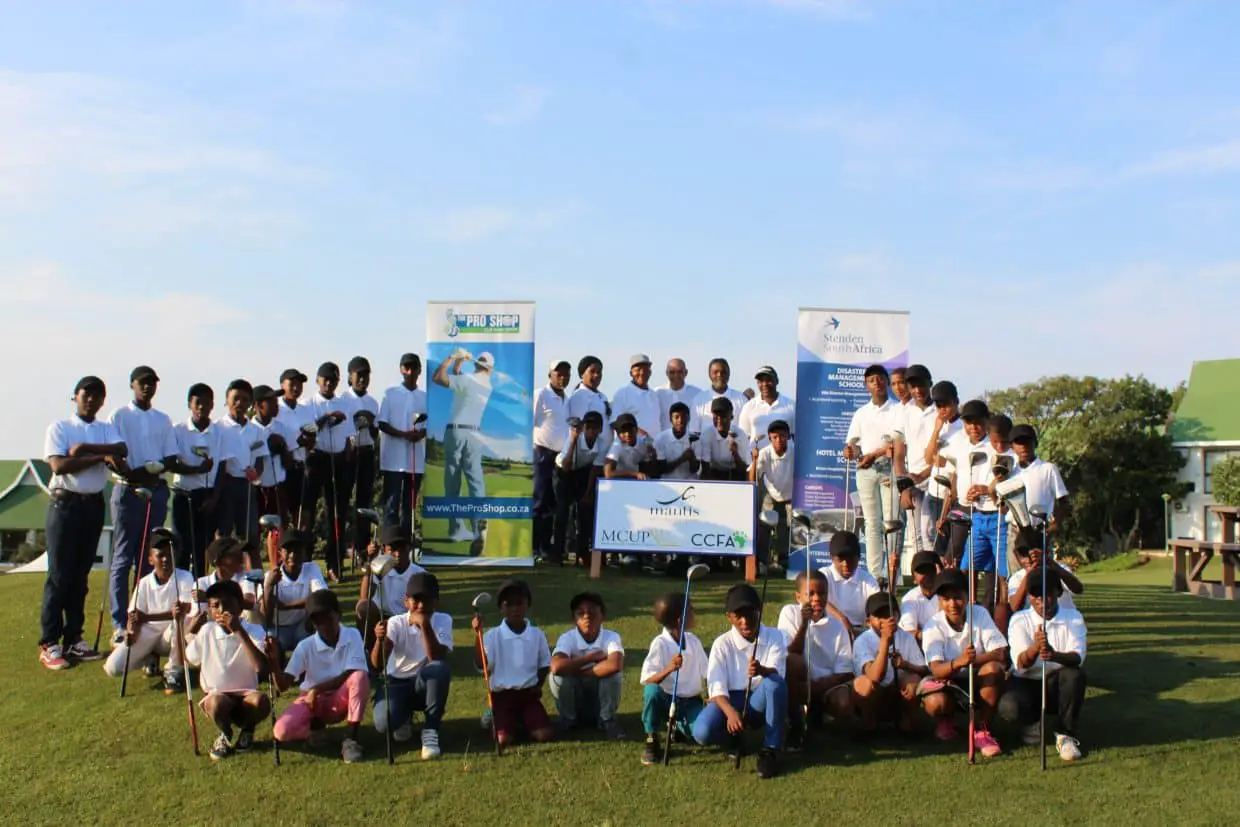Sleepy West Coast? Think Again!
South Africa’s West Coast has long had a reputation as a winding stretch of land linking quaint fishing villages and rolling hills of… well, not much at all. Recently, however, the region has experienced a remarkable renaissance that’s attracting visitors from all over. By Avukile Mabombo.
Here’s what locals know and visitors are starting to find out:
Food, culture and heritage, the West Coast way
It was announced recently that Wolfgat, a tiny beach restaurant in the isolated fishing village of Paternoster was named the best restaurant in the world in the World Restaurant Awards in Paris. That’s pretty astounding.
Chef Kobus van der Merwe, who didn’t begin to cook seriously until he was 30, forages every day for ingredients on the wild Atlantic shore of the Western Cape near his Wolfgat restaurant, where he also makes his own bread and butter. The Wolfgat – whose six, mostly female, staff have no formal training – opened just two years ago in a 130-year-old cottage and cave on the beach at Paternoster.
The award underscores the burgeoning culinary experiences you can have along the West Coast, where it’s natural that fish and seafood play an active role on the menus. There’s an amazing oyster offering from the oyster farm in Saldanha, which is best enjoyed with a glass of local bubbly.
There’s more to this stretch of land than food from the sea; meat and vegetables abound – this is farmland, after all. The charm of the local restaurants is that they’re not all booked out, as can be the case for Cape Town’s top spots.
Another award winner in the region is !Khwa ttu, a San cultural and educational spot near Langebaan. The San Heritage Centre recently opened, and the unique space was awarded the Sanlam Top Destination Award to a leader in sustainable tourism in the Western Cape in conjunction with Cape Town Tourism and Water 4 Cape Town.
More than one business, it’s an organisation that serves an entire community, with water-consciousness at its heart. It addresses the hopes and dreams of San all over Southern Africa: it is a place to tell their story in ways of their choosing, a place of dignity where their voices can be heard; a place to tell you who the San are.
Growing industry hub
It’s not just about chilling, though: The Saldanha Bay Industrial Development Zone has just concluded investment agreements, which bring the total of signed investors to eight and the investment value to just over R3 billion. This investment includes five international investors from the United Kingdom, Europe, the Middle East and elsewhere in Africa, with the rest being local South African companies.
While the investors are mainly investing in a variety of fabrication workshops for steel and other metals, equipment and marine repair facilities, oil lubricant and fuel plants, as well as specialised engineering services; the spin off on local culture and the increase in employment opportunities for locals is looking fantastic.
What visitors to the West Coast can expect:
Head up the coast (it gets started about an hour out of Cape Town). The West Coast towns of Yzerfontein, Langebaan, Saldanha, Paternoster, Elands Bay, Vredenburg, St Helena and Velddrif punctuate the coast, while inland there’s Darling (home to renowned comedian Pieter-Dirk Uys’ theatre and restaurant and other small farming villages such as Piketberg, Malmesbury and Riebeeck Kasteel.
You’ll find dozens of home-grown businesses; from craft brewers and small wineries to food stalls and markets. There are arts and crafts to be discovered and music and food festivals are held regularly. Hotels and other places of accommodation are everywhere, too.
There are ocean activities to pursue and other adventure experiences such as sandboarding, quad-biking – you name it, it’s probably available – all presented with typical West Coast hospitality.
There’s so much to do, you won’t even have time to nap in this ‘sleepy’ corner of South Africa.
About the author: Avukile Mabombo is Group Marketing Manager, Protea Hotels by Marriott.




